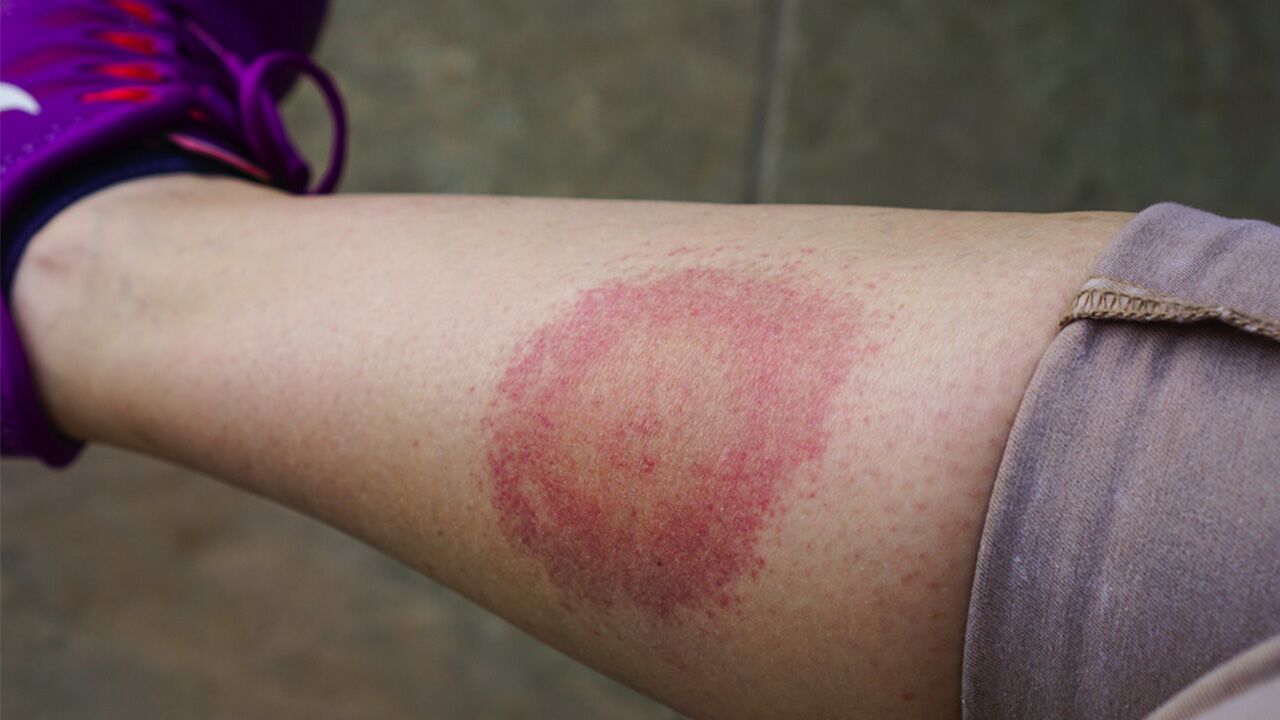How to Increase Mobility in Older Adults
 By: by Amino Science
By: by Amino Science

Your overall health and well-being are intimately linked to movement. It is equally true that, as you age, your ability to move about easily and freely can decline, unless you take the necessary precautions to safeguard your mobility. According to geriatricians and gerontologists, when it comes to mobility in older adults, there are two preventive measures everyone should be taking:
- Staying physically active
- Giving your muscles, bones, and tissues the nutrients they need to remain mobile
Why Mobility in Older Adults Is So Important
Did you know that up to half of all men and women 65 years and older report having trouble walking or climbing stairs? This indicates a significant impairment in mobility, which can instigate a domino effect on many different facets of life. Mobility impairments increase your risk of falls and fractures, medical conditions, poorer health outcomes, risk of death, and greatly contribute to a decline in overall well-being.
Being mobile in your mature years helps you stay:
- Mentally strong
- Cardiovascularly healthy
- In an optimal weight range
- Flexible and resilient
- Less likely to be injured or have a physical disability
- More likely to be independent
So how do you keep mobility alive as you age? Simple. Feed your body the nutrients that promote muscle growth and maintenance and don’t stop being physically active.
Eat for Mobility
In addition to eating whole, nutrient-dense and antioxidant-rich foods—that means colorful and dark green fruits and vegetables, lean meats and fish high in protein and omega-3s, and nuts and seeds for additional fiber, vitamins, and minerals—it’s important to supplement your diet with essential amino acids if you want to maintain or improve your mobility.
Amino acids make up the proteins that provide structure and support for cells and allow the body to move. The essential amino acids are a category of protein that is especially important to mobility because the body cannot produce them on its own. We must get essential amino acids from the foods we eat or the supplements we take.
Theoretically, we can meet our essential amino acid needs through diet alone as long as we eat sufficient dietary protein. But this theoretical assumption becomes less tangible the older we get. That’s because as we age, the body becomes less efficient at utilizing the essential amino acids it receives and less responsive to the effects. Our muscle-building mechanisms, for instance, slow way down, and we require a far larger amount of essential amino acids to maintain and build muscle after age 40—more than can be provided through diet alone. This condition, called sarcopenia, or age-related muscle loss, can be prevented, as can the loss of functional ability that leads to mobility disability in older age.
So, taking an essential amino acid supplement helps you meet your protein needs and maintain mobility as you grow older, but that’s not the only benefit. Supplementing with essential amino acids can also reverse the loss of muscle mass, strength, and function in older people, protect against mobility limitations, and improve health outcomes when injury or surgery is needed.
Let’s see essential amino acids in action by taking a look at two common types of surgery related to mobility problems in older adults: knee replacement surgery and hip fracture/hip replacement surgeries.
Knee Replacement Surgery
An estimated 3.5 million older Americans will undergo total knee arthroplasty by the year 2030. The resulting muscle atrophy and weakness affect mobility, compromise balance, and lead to a greater likelihood of falls.
Essential amino acids are a proven nutritional therapy to help counter quadriceps-specific muscle atrophy and weakness, accelerate recovery, and improve quality of life for millions of older adults after knee replacement surgery. The 12 weeks after total knee replacement surgery are especially crucial, as they determine both the speed and long-term success of recovery.
Supplementing with essential amino acids prior to and after surgery has been proven to both accelerate healing and increase functional mobility, with greater gains in quality of life and improved overall outcomes (1).
Hip Surgeries
A recent study showed that only half of patients who have hip fracture surgery regain the ability to walk after 6 months, even with dedicated physical therapy under the guidance of health care professionals. The inability to walk greatly reduces quality of life, increases risk factors for mortality, and places an economic burden on the health care system. Nutritional intervention with an essential amino acid supplement after hip fracture surgery has been proven to help increase walking speed, thereby improving rehabilitation outcomes and lowering medical costs (2).
These same gains have been achieved when essential amino acids are taken before and after hip replacement surgery.
Globally, 1.5 million hip replacement operations are carried out each year due to injury or degenerative damage from conditions such as osteoarthritis. Rehabilitation from hip replacement surgery can be impaired due to inflammation and changes in plasma amino acid concentrations. Research suggests supplementation with essential amino acids may improve rehabilitation by correcting circulating amino acid levels, lowering pain, and accelerating recovery of hip-joint function (3).
How to Supplement with Essential Amino Acids
The benefits seen in the aforementioned research aren’t matched by commercial protein powders. It takes a precise ratio of essential amino acids to achieve the protective effects.
Amino Co scientists, the very ones conducting research for the National Institutes of Health and leading research universities, formulated and patented amino acid supplements that target the health needs of elderly persons, including mobility, muscle mass, weight loss, and heart, liver, and kidney health.
If you are interested in safeguarding your mobility, we recommend supplementing with Amino Co’s Active Aging blend called Life, which has been proven in clinical trials to enhance physical function and muscle strength, improve blood lipid profiles, and support cardiovascular health. You can learn more about Life here.
If you are preparing for a surgery that limits your mobility or are currently experiencing mobility issues, we recommend supplementing with Amino Co’s Surgical Recovery blend called Heal, which has been clinically proven to improve mobility 6 weeks post surgery. You can find out more about Heal here.
Both blends improve physical function and muscle strength, and make it easier to take part in the second preventative for mobility—exercise!

Move for Mobility
Getting older doesn’t mean giving up on physical activity; it may just mean moderating or changing the activity you’re used to. Mobility depends on all types of physical movement: cardio, strength training, balance, coordination, and flexibility.
There are so many different activities to choose from. Activities of daily living such as walking and gardening support mobility, but it’s also important to take part in targeted activities for balance, coordination, and strength.
When choosing activities, enjoyment is key. The more you enjoy it, the more likely you will stick with it. You can try out a yoga or tai chi class, take dance lessons, or swim, cycle, or jog to stay mobile as you age.
Healthy Aging Depends on Mobility
When our ability to move about freely goes, so too does our connection to others. Functional limitations in old age don’t just diminish physical performance or increase fall risk. Loss of mobility also promotes social isolation, thereby impacting mental health and all-around enjoyment of life.
If you or your loved ones have difficulty getting around, please reach out to receive or give support. Staying connected to your family and community helps protect against chronic diseases such as heart disease. Annual visits to your health care provider to assess your health status and make sure your mobility and eyesight are holding up can help reduce your risk for mobility loss and associated complications as you age.

Up to 25% off Amino
Shop NowTAGS: #anti-aging
Join the Community
Comments (0)
Most Craveable Recipes




 833-264-6620
833-264-6620



















